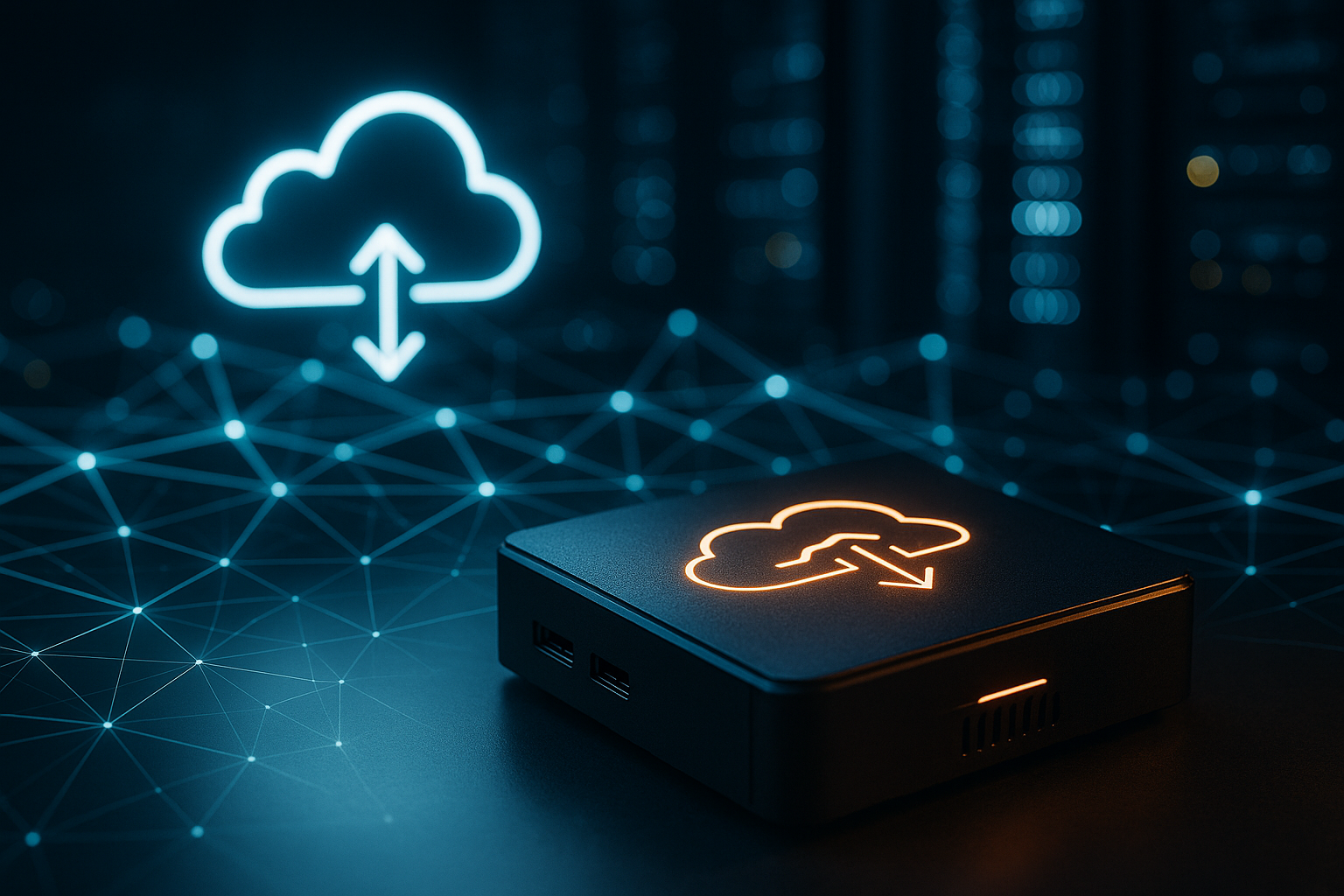The Dawn of Edge Computing: Powering Today's Digital Transformation
In a world where digital acceleration is the new norm, edge computing is quickly becoming an essential player in the tech landscape. This article uncovers the intriguing world of edge computing, highlighting its roots, present implications, and the potential it has to transform our digital experience.

The Genesis of Edge Computing: A Historical Perspective
Edge computing is not a new concept. Its roots can be traced back to the 1990s when Akamai introduced content delivery networks (CDN) to reduce website latency. Later, in the 2000s, companies started moving towards cloud computing, centralizing data processing in giant data centers. However, as the Internet of Things (IoT) gained momentum, the need for real-time processing and data analytics near the source became evident, giving birth to edge computing.
Edge Computing Today: The New Frontier of Tech
Fast forward to today; edge computing has become a game-changer in the tech industry. By bringing computation and data storage closer to the devices where it’s being gathered, it minimizes latency and saves bandwidth. It’s driving innovations across various sectors, including healthcare, manufacturing, and transportation. One prominent example is autonomous vehicles, where edge computing enables real-time data processing necessary for safe navigation.
The Economic Impact of Edge Computing
As edge computing continues to grow, its economic implications cannot be overlooked. According to a report by Grand View Research, the global edge computing market size was valued at USD 3.5 billion in 2019 and is expected to grow at a compound annual growth rate (CAGR) of 37.4% from 2020 to 2027. This growth is anticipated to create new job opportunities and contribute significantly to the global economy.
The Future of Edge Computing: What Lies Ahead
Looking ahead, edge computing promises a world of possibilities. It’s expected to play a pivotal role in the deployment of 5G networks by reducing network congestion and improving user experience. Additionally, it’s speculated to revolutionize IoT by enabling smarter devices that can process data on their own. As artificial intelligence continues to evolve, edge computing means these algorithms can be processed locally, reducing data transfer times and improving user privacy.
In Embracing The Edge
In an increasingly data-driven world, edge computing represents a significant shift in how we process and use information. By decentralizing data processing and bringing it closer to the source, it promises reduced latency, enhanced efficiency, and improved privacy. As we continue to innovate and push the boundaries of what’s possible, edge computing is set to play a leading role in shaping our digital future.





